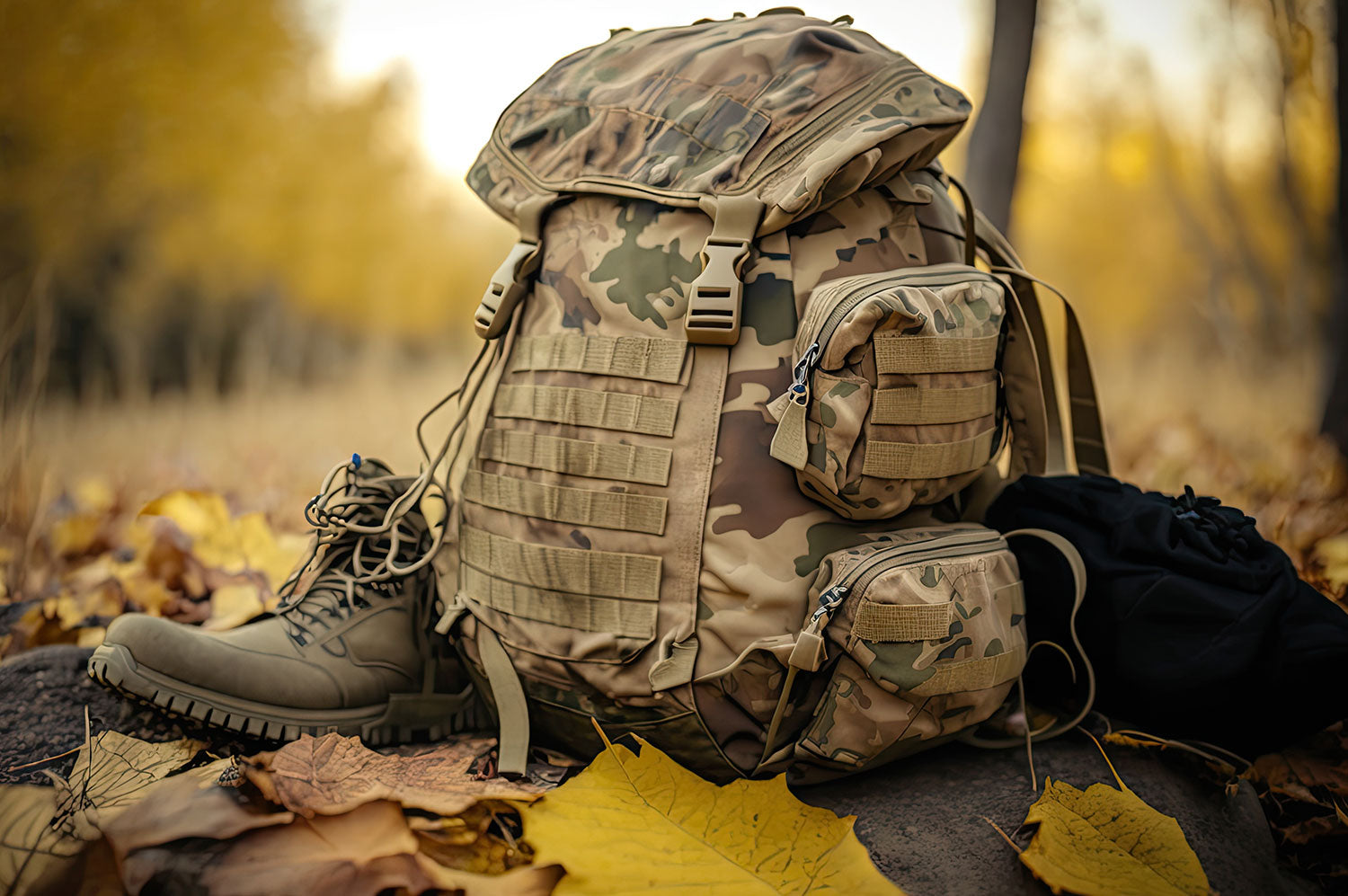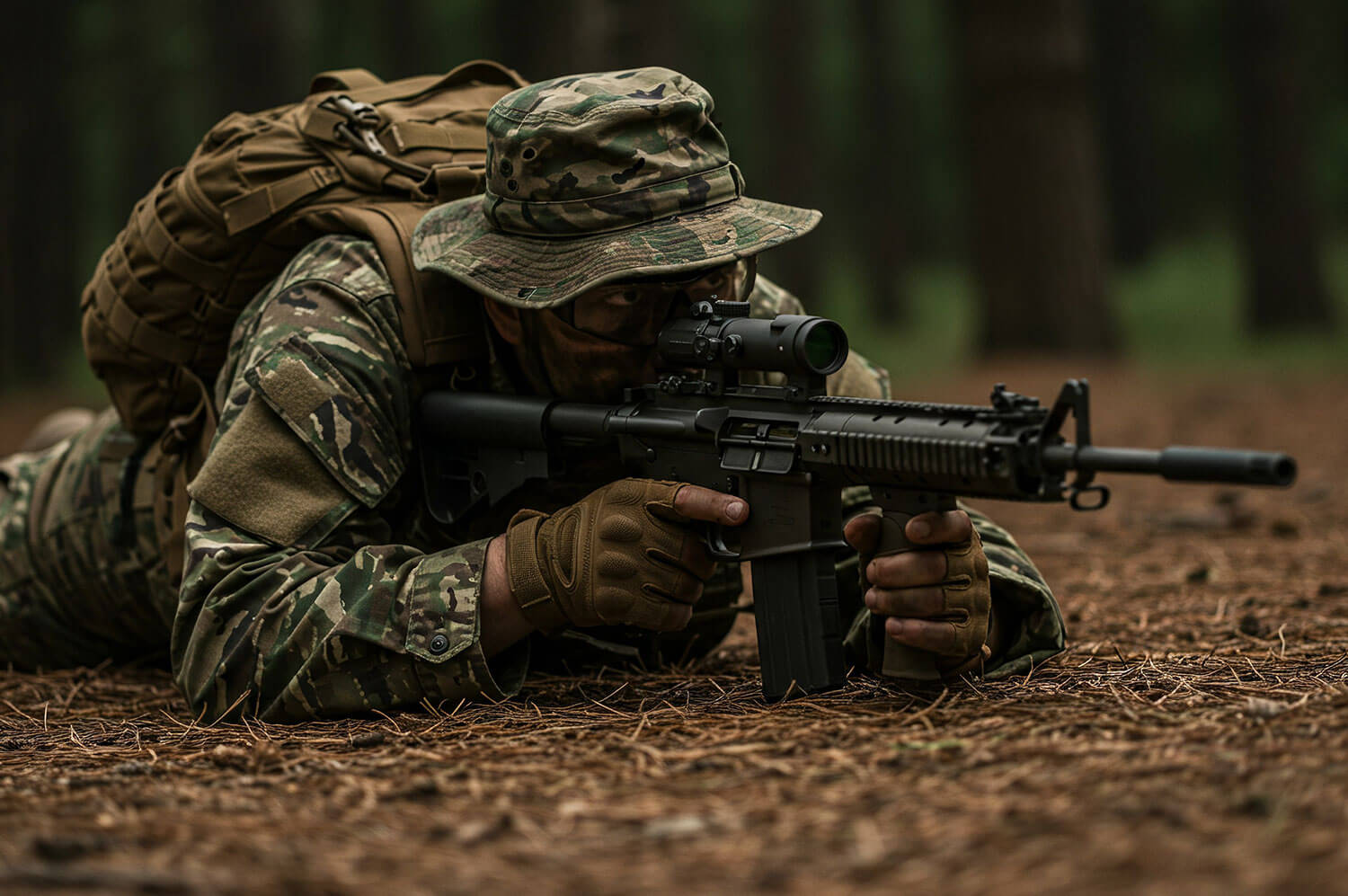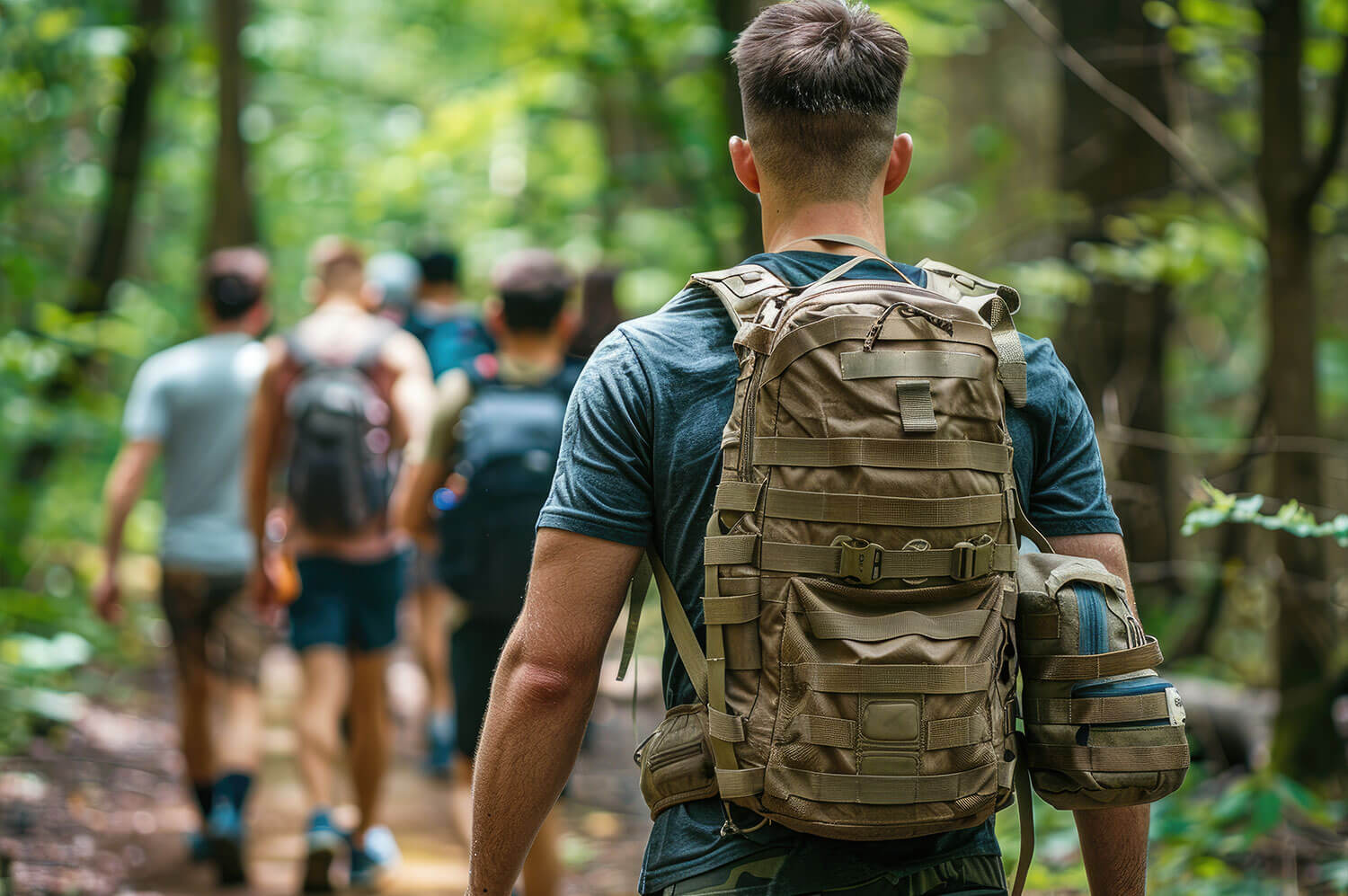
Tactical Bags vs. Tactical Backpacks: Which One Suits Your Needs?
Introduction to Tactical Bags and Tactical Backpacks
Tactical bags and tactical backpacks are essential tools for carrying gear efficiently, but they serve different purposes depending on the mission or activity. Both are designed to offer durability, organization, and reliability, yet their design and features cater to unique needs. Tactical bags are typically more compact, focusing on portability and easy access to essential items, while tactical backpacks are built to carry larger loads and support extended missions.
Choosing between the two depends on the specific demands of your task. Whether you need a streamlined option for short-duration operations or a heavy-duty solution for long-term adventures, understanding the strengths of each will help you make the right decision. Tactical bags and backpacks are not interchangeable; they are specialized tools, each excelling in particular scenarios to keep you prepared and efficient.
Design and Structure Comparison
The design and structure of tactical bags and tactical backpacks are tailored to suit different needs. Tactical bags are often compact and rectangular, featuring handles, shoulder straps, or even crossbody configurations for quick and easy portability. They are ideal for carrying essential items like tools, documents, or medical kits, with a design that emphasizes accessibility and mobility in tight spaces.
Tactical backpacks, on the other hand, are designed for extended wear and larger loads. They feature ergonomic shoulder straps, padded back panels, and adjustable waist belts to distribute weight evenly across your body. With multiple compartments, these backpacks allow for greater organization of bulky and varied gear, such as ammunition, hydration systems, or clothing. The structured design of backpacks makes them the go-to choice for long missions or activities where endurance and comfort are key.
Accessibility and Gear Organization
One of the primary distinctions between tactical bags and tactical backpacks lies in how they manage accessibility and organization. Tactical bags excel at quick access to essential items. With fewer compartments and an open design, they allow you to retrieve your gear without having to rummage through multiple layers. This makes them ideal for scenarios that require efficiency, such as medical emergencies or short-term operations where speed is critical.
Tactical backpacks, however, prioritize comprehensive organization. They often include multiple compartments, dividers, and pockets, allowing you to sort and store a wide variety of equipment. Whether you need to carry bulky items, such as hydration packs or spare clothing, or smaller tools like multi-tools and flashlights, a tactical backpack ensures everything has its place. While they may take a bit longer to access compared to a tactical bag, the added organization makes them invaluable for extended missions or complex tasks.
Durability and Material Selection
Durability is a cornerstone of both tactical bags and backpacks, but the materials and construction methods often differ to meet their unique demands. Tactical bags are typically constructed from lightweight yet durable materials like 500D nylon, ensuring they remain portable while resisting wear and tear. Reinforced stitching and heavy-duty zippers are common features, making these bags reliable even in rugged environments.
Tactical backpacks, on the other hand, are built to handle heavier loads and more demanding conditions. Many are made from thicker materials like 1000D Cordura, which provide superior abrasion resistance and longevity. Features such as water-resistant coatings and reinforced seams make these backpacks capable of withstanding harsh weather and rough handling. Whether you choose a tactical bag or a backpack, the durability ensures your gear stays protected in challenging situations, but the level of robustness should match the intensity of your mission.
Portability and Load-Bearing Capacity
Portability and load-bearing capacity are key factors that differentiate tactical bags from tactical backpacks. Tactical bags are designed with mobility in mind, often featuring handles or shoulder straps that allow you to carry them easily in one hand or slung over your shoulder. Their compact size makes them ideal for quick trips, situations requiring agility, or environments where maneuverability is a priority. However, their smaller capacity means they are best suited for carrying essential items rather than bulkier gear.
Tactical backpacks, by contrast, are built to manage heavier loads over longer periods. Their ergonomic designs, including padded shoulder straps, chest straps, and adjustable waist belts, ensure that the weight is distributed evenly across your body. This reduces fatigue during extended missions or activities. Backpacks are the preferred option when you need to carry a large volume of gear, making them a better choice for long-term operations, hiking trips, or multi-day excursions.
Mission-Specific Applications
The choice between a tactical bag and a tactical backpack often comes down to the mission at hand. Tactical bags are well-suited for scenarios requiring quick access to gear, such as medical emergencies, short patrols, or transporting tools and documents. Their compact nature allows them to fit easily into vehicles or tight spaces, making them a practical choice for urban operations or quick-response situations.
On the other hand, tactical backpacks shine in scenarios that demand prolonged activity and extensive gear. Whether you’re heading into the field for a multi-day mission, navigating challenging terrain, or carrying additional equipment like hydration systems and extra clothing, a tactical backpack is designed to handle the load. Understanding the demands of your mission ensures you choose the gear that will best support your objectives, keeping you prepared and efficient in any environment.
Customization and Modular Features
Customization plays a significant role in the functionality of both tactical bags and backpacks. Tactical bags often feature MOLLE webbing or attachment points that allow you to add pouches, holsters, or other accessories. This modularity is ideal for tailoring your bag to specific tasks, such as adding a medical kit for emergency situations or a tool pouch for technical operations. While the customization options may be more limited due to the smaller size, tactical bags still provide enough flexibility for most short-term needs.
Tactical backpacks, however, take modularity to the next level. With larger surfaces and extensive MOLLE compatibility, backpacks allow for the addition of multiple pouches and attachments, creating a highly versatile gear setup. They also often include internal organization systems, such as dividers and hydration bladder compartments, enabling further customization for extended missions. This adaptability makes tactical backpacks the go-to choice for those who require a more comprehensive gear configuration.
Choosing the Right Option for Your Needs
Deciding between a tactical bag and a tactical backpack ultimately depends on your specific requirements and operational demands. If your mission involves quick movements, limited gear, and the need for rapid access, a tactical bag is likely your best option. Its compact size and straightforward design ensure that your essentials are always within reach.
On the other hand, if your activities require extended time in the field, heavier loads, or a broader range of gear, a tactical backpack offers the capacity and support you need. Consider factors like weight distribution, modular compatibility, and the type of environment you’ll be operating in. By carefully evaluating these elements, you can choose the gear that not only meets your needs but also enhances your overall efficiency and comfort in any scenario.


